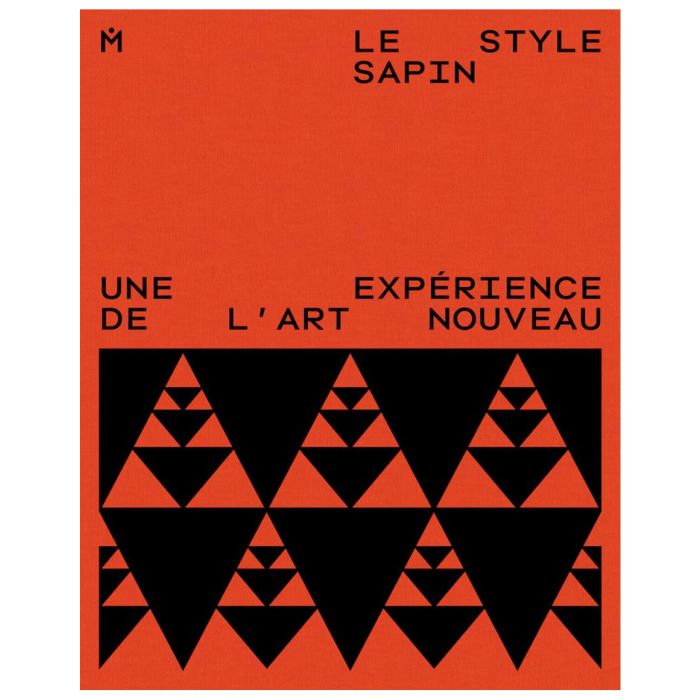My Cart
Your cart is empty
Looks like you haven't made your choice yet.
- Subtotal
Le Style Sapin

Une expérience de l'art nouveau
- Scheidegger & Spiess
- by Edited by Marie Gaitzsch and David Lemaire. With essays by various authors
More Information
| Publisher | Scheidegger & Spiess |
|---|---|
| ISBN | 9783858818843 |
| Author(s) | Edited by Marie Gaitzsch and David Lemaire. With essays by various authors |
| Publication date | June 2022 |
| Edition | Paperback |
| Dimensions | 280 x 225 mm |
| Illustrations | 107 col.ill. | 48 bw.ill. |
| Pages | 240 |
| Language(s) | Fr. edition |
Description
Situated at around 3,300 ft above sea level in the mountains of the Swiss Jura region, the town of La Chaux-de-Fonds experienced significant economic development towards the end of the 19th century, which went hand in hand with much building activity. There are few other places in Switzerland in which the influence of art nouveau is so clearly visible. Significantly inspired by the painter and architect Charles L’Eplattenier (1874-1946), and his art and decoration course at the local school of applied arts in 1905, a local variant of art nouveau developed, the so-called Style sapin or “fir style.” Protagonists of this movement accorded special importance in their works to the use of symbolic motifs that reflect the nature of the Jura landscape and especially its fir forests.
This book offers a comprehensive survey of the Style sapin and builds bridges into the 21st century. It places the “fir style” within the international context of art nouveau and also addresses in detail the local facets of this movement, which has left traces that are still visible today in watchmaking, applied arts, and architecture. Moreover, it draws attention for the first time to the previously scarcely acknowledged female artists of the Style sapin.

Le Style Sapin
